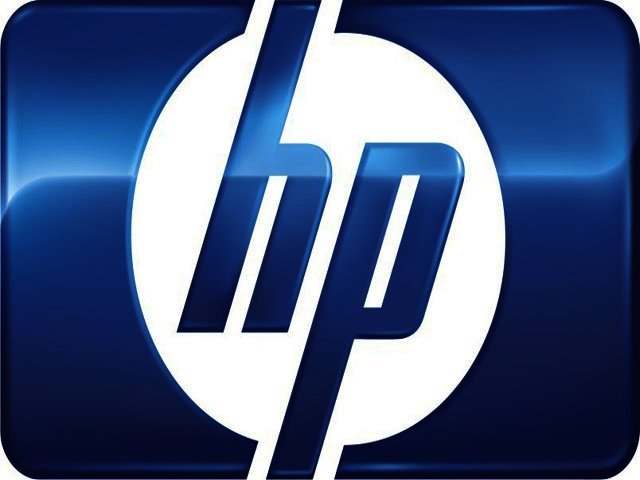There is little doubt that IT in the enterprise is rapidly and sometimes radically changing. We spoke to HP South Africa’s Yesh Surjoodeen to find out what some of these changes entail.
There is an old saying that the only constant in life is change, and this certainly does seem to apply to the IT landscape, and the products that inhabit it, in general. Yesh Surjoodeen, Corporate, Enterprise and Public Sector Sales Manager, Printing and Personal Systems, HP South Africa, points out that while manufacturers used to adopt a ‘me too’ approach, observing nifty devices being released into the market and quickly trying to push out their own version, this was no longer the case from HP’s side.
Rather, from HP’s perspective, the new style of IT entailed aiming to make the right solution available for the enterprise customer, while selling a “bigger picture approach.” He elaborated that this involved taking into account primary trends such as security, big data and cloud. These trends would, in part, shape or at least influence how the company’s products evolve moving forward – with a strong emphasis on meeting the needs of enterprise customers.
Prize in product
Surjoodeen elaborated that there are now certain require-ments that companies are seeking – touch interfaces, slimness and longer battery life being highly prized – perhaps more so now than ever before. Additionally, he noted that the consumerisation of IT is also playing its part in the kind of products that are finding their way to the boardroom table. For example, from a design perspective, corporates are tending to request a business device that has a bit more aesthetic appeal, and not just the ‘any colour as long as it’s black’ approach.
Surjoodeen also had a rather interesting take on BYOD (Bring your Own Device), explaining that he actually considered this more a trend towards Bring Your Own Experience. Indeed, he admitted that those in the industry tend to get lost trying to segment different devices, giving them names such as slate, slatebook, tablet, hybrid and detachable - when really what the user wants is a touch experience on a mobile platform. “It doesn’t really matter how the products are categorised – it’s really the experience that users are after that counts,” he reiterated. This is not without good reason, with some device form factors suiting a business’s needs better than others.
Future vision
For example, Surjooden opined that in the years ahead, he suspected that a lot of enterprises will ask for machines with touch capability, but if this was in a notebook form, it would likely involve a detachable screen. He explained that we’re now able to do much more in transit, such as between meetings and sites. Therefore a device that becomes lighter and easier to carry would definitely make sense.
However, it’s not just the products themselves that would fluidly change, but the enterprise’ approach to technology and their employees use of it as well. “I think the new enterprise is going to be built out of talking to their employees and asking them how they want to have their computing experience, whether that is via a tablet, a notebook, a workstation or a detachable/hybrid,” elaborated Surjoodeen. Indeed, it certainly seems as though personalisation is the key to IT’s changing face – with companies the likes of HP taking a more personal view of their enterprise customers; enterprises themselves considering the personal working needs and preferences of their employees, and finally employees exercising their personal preference with regards to the kind of computing that works best for them.





